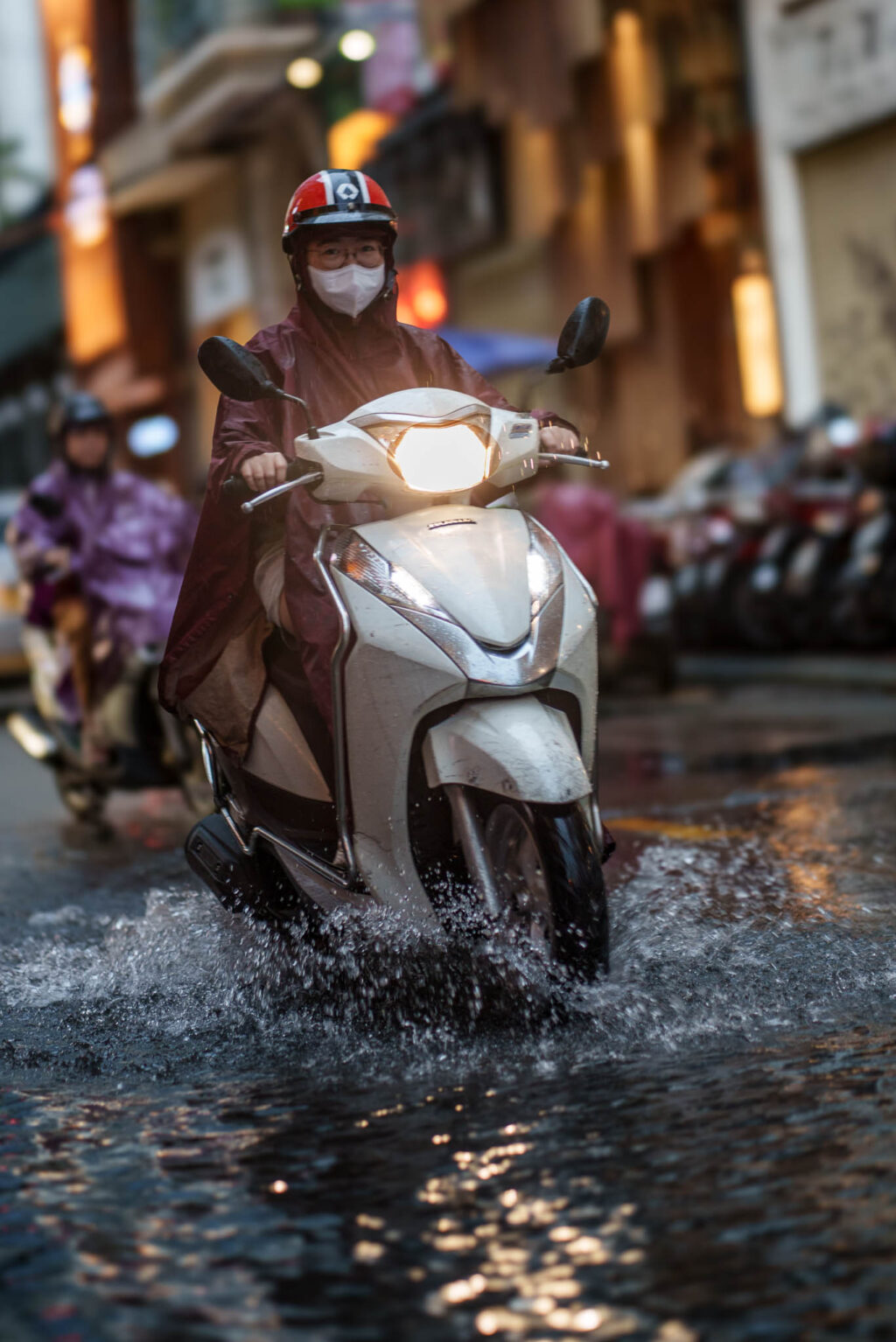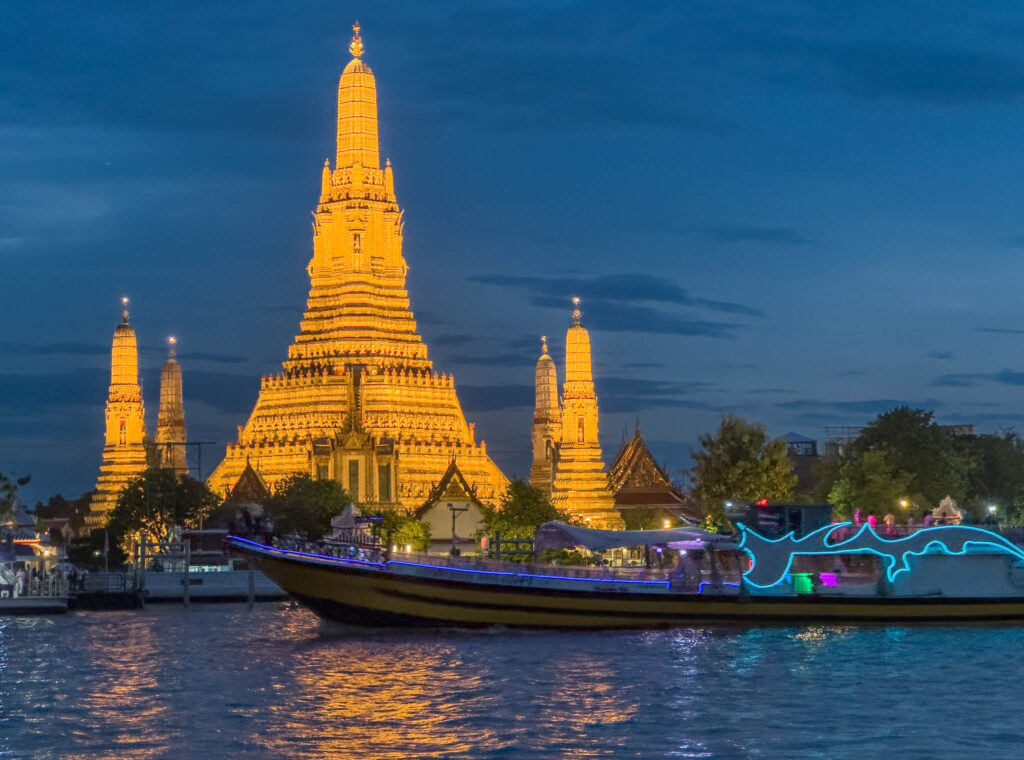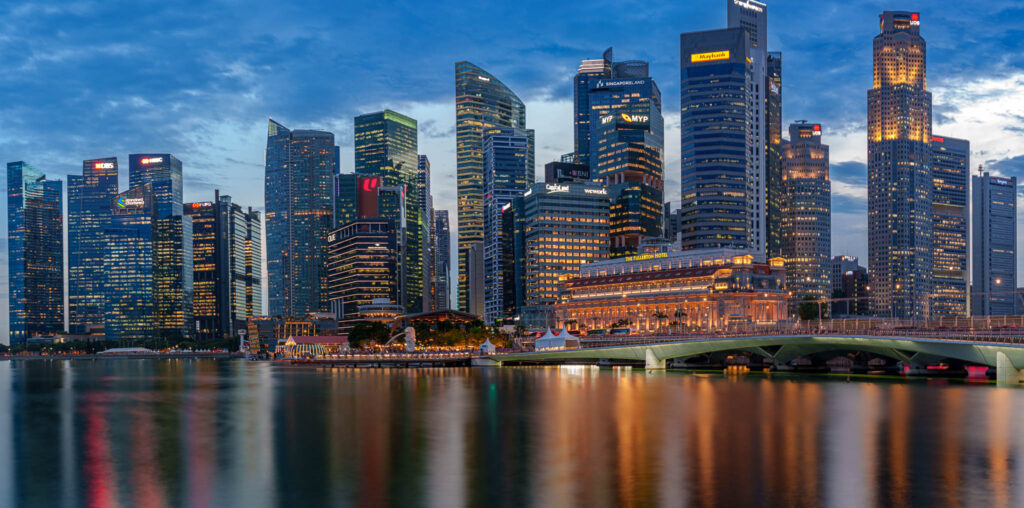I am writing this from the cafe of my hotel in Bangkok. Whilst no stranger to visiting tropical lands, it has been quite some whilst since I was last in the tropics. It has brought into focus some of the stark realities that you have to be aware of when shooting in these areas, be it rural or urban.
Today, I will share some of my observations, tips and hints on getting the best photography out of any trip to the tropics. These will be more practical suggestions than shooting, technique or compositional considerations. They, hopefully will help you get some great shots without falling victim to some of the region’s pitfalls. So let’s get into the first one, and it’s an important one.
The Thirty Minute Warm Up Rule
Having been in the tropics for a couple of hours, you have showered, refreshed yourself and you are ready to hit the streets. You emerge from the chilly air conditioned environment of your hotel, into an equally chilly taxi and head to your first location.
On emerging from the cab you whip off your lens cap and start firing away. It takes a few seconds before you realise your images are somewhat misty, like vaseline has been smeared over the front element. Welcome to the world of condensation.

Light moves fast in the tropics and so you have to work fast. That’s why you might feel quite disappointed with your first foray into a tropical photo shoot. The glass in the lens gets cool very quickly and in air conditioned environments that means it could well be below 20C. As soon as you exit that hotel or taxi, you may well be hitting 35C. Condensation will form on the lens very quickly and that beautiful golden hour in front of you is relegated to a surrealist mess in the viewfinder of your camera.
So what can you do? Well, there are no quick remedies. Wiping the lens down with a lint free cloth, is merely spreading the water around, the glass will still be cold. The only option is to let that glass warm up.
That’s going to take around 30 minutes. There are a couple of things that I do that can speed up the process slightly. The first is to take lens caps off. This will stop the cold air being trapped between the front element and cap.
The second is to turn the camera towards any slight breeze there might be. The warmth of the air flowing over the glass can slightly improve the warm up times. Other than that, always keep in mind the 30 minute rule and plan accordingly.
The 15 Minute Hours
It’s now the next day, and you are up early. You want to capture a beautiful tropical sunrise. The city traffic is horrendous and you are going to arrive just after sunrise, but no matter, you will still have the golden hour. Except you won’t.
The sun rises and sets fast in the tropics. It will catch you out. You may well find that 15 minutes after that sun has risen the light is already harsh and unusable. The twilight or blue hour is very much the same. Tropical blue hours can look absolutely incredible, but they will be gone in 15 minutes. The time from a deep blue sky to a pure black one is very fast.

All this means that you need to work fast. If you can plan in advance what you want to shoot and try not to pick too many subjects. If you can visit during the day to plan your shots, that’s a big advantage. Have your camera set up in advance to roughly the settings and get to the location well in advance, remembering the thirty minute warm up rule, of course.
Prepare To Get Wet
The weather in the tropics can change in the blink of an eye. Generally you have two seasons, the wet season and the dry season. The only real difference is that in the dry season it rains a little bit less. Personally I prefer the wet season. You get more clouds, more storms and more rain and that can make it a fantastic time for photography. The dry season tends to have more in the way of blue skies, but these can make your images look a little uninspired.

When the rain comes, it comes heavy and fast and you and your camera need to be prepared for it. A small waterproof camera bag is a good option for protecting your valuable gear in those sudden downpours.
Most modern cameras have some form of weather sealing, but be aware of its level. Tropical rain can be heavy and hammer down, finding its way into every nook and cranny of your gear. Carry plenty of lint free clothes to keep the lens clear of water. This may well get wet very quickly, try not to use each individual one too often. A longer lens hood can be a useful tool in keeping the rain off for a while if you want to continue shooting. Tropical rain often brings quite incredible light and it would be a shame to miss out.
Funghi Is Not Fun
If you’re going to spend a bit of time in more rural parts of the tropics then you need to be aware of the issue of fungus. This can happen in very humid areas if your lenses are left for a long time in warm conditions.
It’s generally not a major issue for short visits, but if you are planning an extended stay, take some silica gel packets to suck up the moisture in your camera bag and protect your precious lenses.
Look After Yourself
If you hail from temperate climes, shooting in the tropics can be hard. The heat and humidity will be a shock if you have never been before and you will need a little time to adapt.
If like me you have the skin colour of evaporated milk, get that sunscreen on, shooting or not. The sun is very high in the sky and very fierce. You can get a sunburn in minutes and not even notice.
Take along and drink plenty of water. Even if you are not normally a person that perspires a lot, you will still get dehydrated quickly. Top up with water, little and often.

Don’t try to shoot too much. The heat is sapping and even late at night, the humidity can drain you. Plan your shoots carefully and in close proximity to each other to minimize walking. Tropical cities will have plenty of nice air conditioned cafes to get juice and a rest but be aware, caffeine can make you perspire more, so stick to decaf or go for a cold smoothie.
I am loving my time in Bangkok at the moment. I am giving the Sony a7RV a good work out and finding my feet with it. Next on the agenda is Ho Chi Minh City then Singapore, both great places to shoot. I hope to bring you some more articles from the tropics over the next few weeks.

